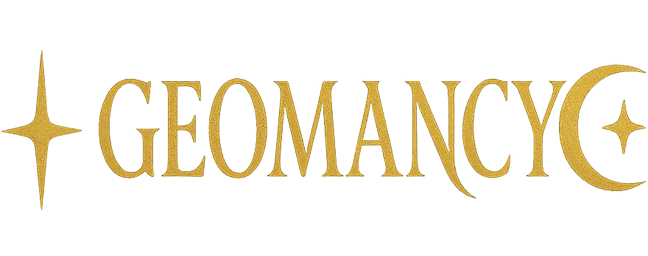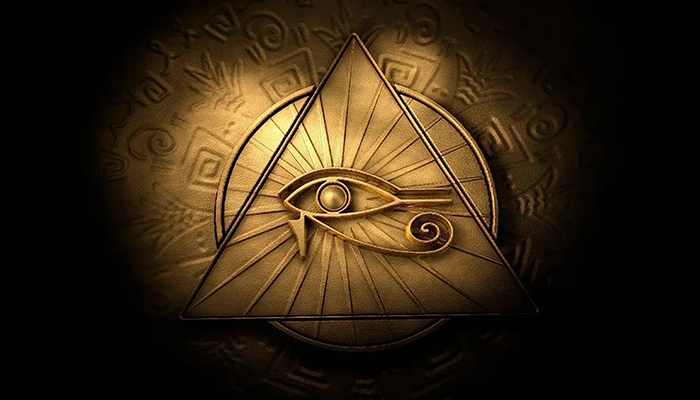Have you ever noticed that mysterious eye symbol in a jewelry store window or spotted a character in a movie wearing a unique eye pendant? That eye isn’t just a trendy decoration. Behind it lies a deep history and powerful mystery. When you visit an ancient Egyptian exhibit, you’ll find this symbol almost everywhere. It is known as the Eye of Horus, one of the most powerful protective symbols that has lasted for thousands of years and still holds incredible meaning today.
Let me take you on a journey to explore the Eye of Horus, understand why it has survived through millennia, and how it continues to captivate and protect people in modern society.
What is the Eye of Horus? Its Appearance and Story
The Eye of Horus, also called the Wedjat Eye or the Eye of Truth, is one of ancient Egypt’s most iconic symbols. It looks like a stylized human eye viewed from the side, with distinct lines and curves that resemble a falcon’s eye. This makes sense because Horus was often depicted as a falcon-headed god. Interestingly, the shape of the Eye closely matches the cross-section of the pineal gland inside the human brain, which may explain why the Egyptians linked it to the “third eye” and heightened awareness.
The Eye of Horus is traditionally made of six parts, each with specific symbolic and mathematical meanings. Ancient Egyptians crafted this symbol into amulets using gold, lapis lazuli, turquoise, and other precious stones, believing it offered complete protection to the wearer.
The Myth Behind the Eye of Horus
The story of the Eye of Horus begins with one of the most famous Egyptian myths. Horus was the sky god and protector of the pharaohs. He was the son of Osiris and Isis. According to legend, Horus’s uncle Seth killed Osiris and tore him apart. Horus fought Seth to avenge his father. During their fierce battle, Seth gouged out Horus’s left eye and shattered it.
The god of wisdom, Thoth, used magic to restore Horus’s eye, but only 63/64 of it. Horus then offered his restored eye to Osiris, allowing his father to live again in the afterlife. This myth explains why the Eye of Horus symbolizes healing, protection, and resurrection.
Horus is often shown as a falcon or falcon-headed man, emphasizing his sharp vision and guardianship.
What Does the Eye of Horus Mean?
The Eye of Horus carries a wealth of meaning in ancient Egyptian culture:
-
Protection and warding off evil: It was believed to watch over and guard against harm and negative forces.
-
Healing and rebirth: Since Horus’s eye was damaged and healed, the symbol stands for restoration and new life.
-
Wisdom and insight: The eye represents clear perception and understanding beyond the surface.
-
Royal power and divine authority: Horus embodied the pharaoh’s rule, so the eye also symbolized kingship and sacred power.
-
Justice and vengeance: It assured that evil would be punished and justice served.
-
Vitality and wholeness: The eye’s restoration symbolizes life force and completeness.
In some versions of the myth, the Eye of Horus also merges with the sun god Ra’s eye, reinforcing its strength and omniscience.
Left Eye or Right Eye?
There’s an important distinction between Horus’s two eyes:
-
Right eye: Represents the sun, associated with Ra, symbolizing power, light, and clarity. It is intact and whole.
-
Left eye: Represents the moon, the “damaged” eye lost in battle but restored by Thoth. This is usually what people refer to as the Eye of Horus.
Each eye has different symbolic meanings. The right eye stands for logic and strength, while the left eye relates to intuition and healing. Many people choose their amulet based on which energy they want to channel.
The Six Parts of the Eye and Their Symbolism
The Eye of Horus is composed of six parts, each linked to a human sense and a mathematical fraction:
-
The eyebrow represents smell and equals 1/2
-
The pupil symbolizes sight and equals 1/4
-
The eye’s outline corresponds to hearing and equals 1/8
-
The curved line signifies thought and equals 1/16
-
The spiral represents taste and equals 1/32
-
The straight line stands for touch and equals 1/64
Adding these fractions yields 63/64, with the missing 1/64 representing the divine magic needed to complete the eye. This fascinating system shows the Egyptians’ advanced knowledge of math, astronomy, and anatomy.
How Was the Eye of Horus Used?
In ancient Egypt, the Eye of Horus was painted on tombs, coffins, and jewelry to protect the deceased and ensure safe passage to the afterlife. Sailors painted it on their ships for safe journeys. People wore it as amulets for daily protection and healing.
Modern Use and Significance
Today, the Eye of Horus remains popular worldwide as a symbol of protection, insight, and spiritual power. Wearing an Eye of Horus pendant or bracelet connects us to ancient wisdom and shields us from negativity.
The Science and Mathematics Behind the Eye
Beyond mythology, the Eye of Horus encodes precise fractions and may relate to lunar phases. The shape’s similarity to the pineal gland suggests an early awareness of human anatomy and spirituality.
The Eye of Horus Compared to Other “Eye” Symbols Worldwide
Many cultures have protective eye symbols:
-
Nazar: The blue eye amulet from Turkey that wards off evil.
-
Third eye in Hinduism: Shiva’s eye symbolizes spiritual awakening.
-
Evil Eye in Greece: Used to protect against jealousy and harm.
-
Eye of Providence: The all-seeing eye in Christian iconography, symbolizing God’s watchfulness.
Each represents humanity’s universal desire for protection through watchful eyes.

